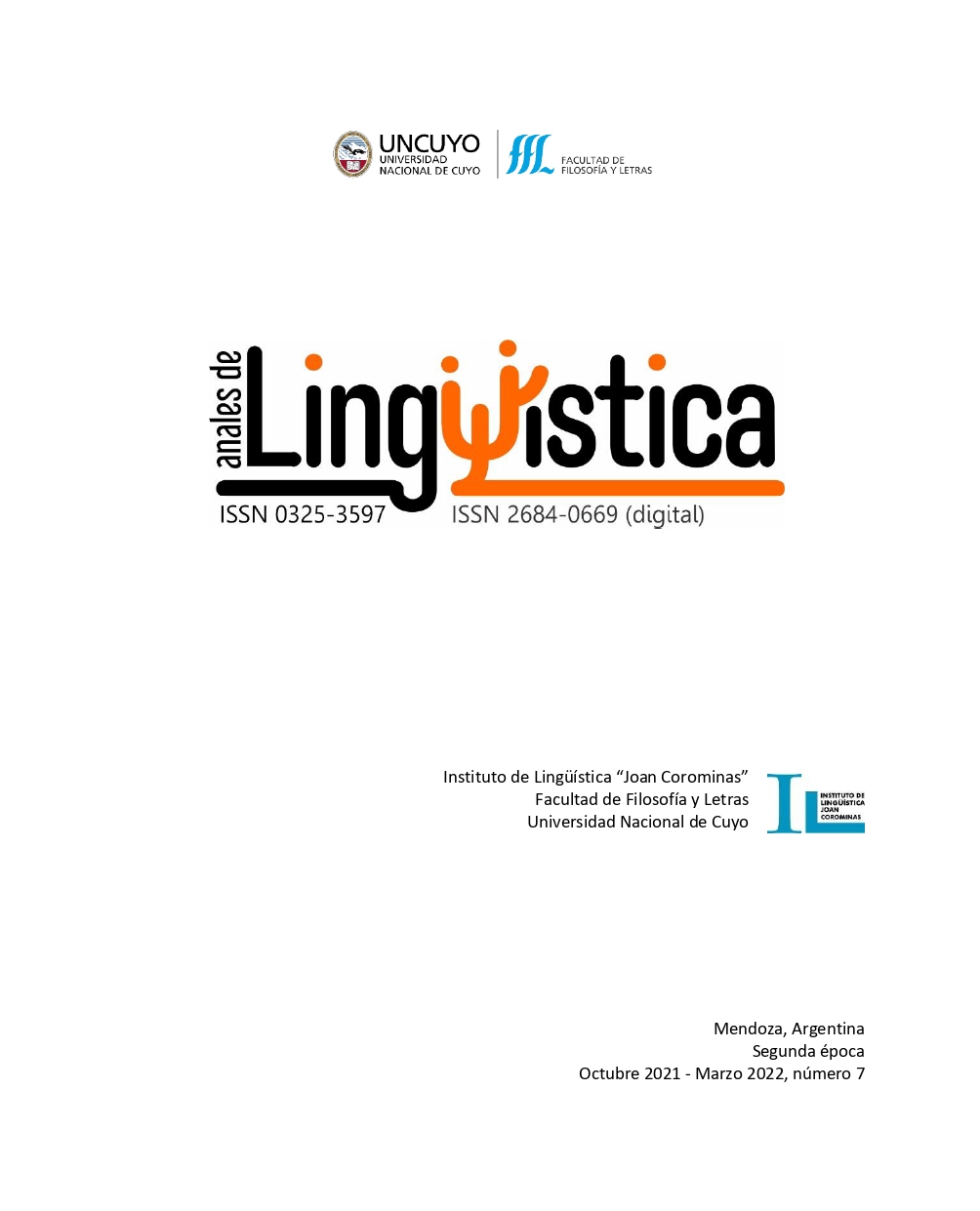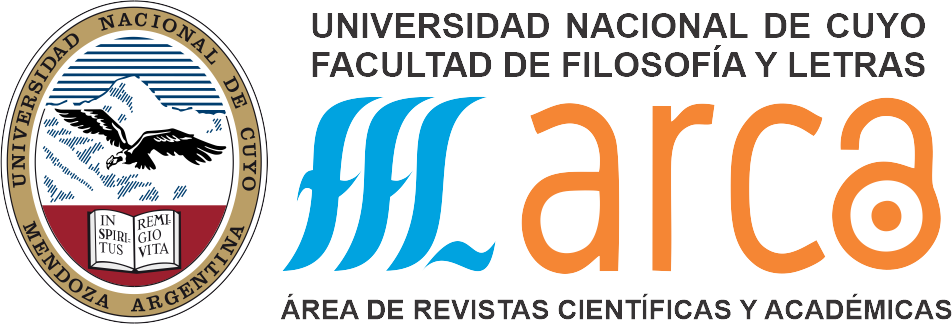The role of youth in maintaining minority languages: The case of limonese creole in Costa Rica |
Keywords:
minority languages, Limonese Creole, language revitalization, youth and language revitalization processesAbstract
In this article we analyze the role which the youth could play in the revitalization and strengthening of a minority language in Costa Rica, namely, Limonese Creole (LC). This minority language is a clearly debilitated language as a result of socio-political processes and, despite efforts by various sectors to guarantee its legitimacy, it is still not considered a regional nor a national language and it is not included in school curricula. This article describes the experience, with a group of 18 Afro-Limonese youngsters ages 13 to 22 who provide opinions about their LC through focus groups. By and large, they speak LC, though they admit that it is being replaced by the dominant language. The say they use LC mainly in contexts in which they wish to show a sense of belonging and identity among Afro Limonese peers, to interact with close relatives as well as with Afro friends and to exclude non-Afro peers. They speak LC inside as well as outside their communities to feel part of a group. Participants argue that their parents used to only speak to them in LC but in the last decades they do it in Spanish. Nonetheless, they believe that the youth could and should contribute to strengthening their language as it is part of their identity. These young adults propose a series of measures through which they can contribute to strengthening LC mainly within their families and communities.
References
Alpizar Alpizar, L. (2017). Rompiendo el mito: inserción social de los jamaiquinos en el cantón central de San José, entre 1904 y 1950. (Unpublished Master’ Thesis). University of Costa Rica, San José, Costa Rica.
Bell, R. (2019). Limon Patwa: A perceptual study to measure language attitudes toward speakers of Patwa in Costa Rica. Theses and Dissertations--Linguistics. 32. Retrieved from: https://uknowledge.uky.edu/ltt_etds/32
Castillo Serrano, D. (2000). Understanding our past in the school experience. Afro-Caribbean schools in Costa Rica. Revista Intersedes 1, 61-77.
Castro, D. 2008. “Brúnkahk Tek: An Extinct Language. Letras 43, 51-74.
Cenoz, J. y Gorter, D. (2017). Minority languages and sustainable translanguaging: threat or opportunity?, Journal of Multilingual and Multicultural Development, 38(10), 901-912. Retrieved from: https://www.tandfonline.com/doi/full/10.1080/01434632 .2017.1284855
Chinchilla, A. (19 de setiembre, 2018). Congreso aprueba ley para celebrar día de la lengua criolla limonense. ElPeriodicocr. Retrieved from: https://elperiodicocr.com/ congreso-aprueba-ley-para celebrar-dia-de-la-lengua-criolla-limonense
Czarny, G. (2002). La interculturalidad como práctica escolar invisible. Monografía DIE CINVESTAV-IPN. INEGI, Mexico.
Council of Europe. 1992. European Charter for Regional or Minority Languages.
Strasbourg. Retrieved from: https://www.coe.int/en/web/conventions/full-list/-/conventions/rms/0900001680695175
Duncan, Q. & Meléndez, C. (2005). El negro en Costa Rica. San José, Editorial Costa Rica.
Eberhard, D. M., Gray F. Simons y Fennig, Ch. D. (Eds.) (2020). Ethnologue: Languages of the World. Twenty Third Edition. Dallas, Texas: SIL International. Retrieved from: http://www.ethnologue.com
Extra, G. y Gorter, D. (2001). Comparartive perspectives on regional and immigrant minority languages in multicultural Europe. Retrieved from: https://www.research gate.net/profile/Durk-Gorter/publication/241863223_Comparative_perspectives_on _regional_and_immigrant_minority_languages_in_multicultural_Europe/links/0a85e52e40b4cc3a15000000/Comparative-perspectives-on-regional-and-immigrant-minori ty-languages-in-multicultural-Europe.pdf
Extra, G. y Gorter, D. (2007). Regional and Immigrant languages in Europe. M.Hellinger & A. Pauwels (Eds.). Language and Communication: Diversity and Change, Handbooks of Applied Linguistics, 9, 15-52. Berlin: Mouton de Gruyter.
Guerrero Arias, P. (2010). Corazonar. una antropología comprometida con la vida: Miradas otras desde Abya-Yala para la decolonización del poder, del saber y del ser. Ediciones Abya Yala. Quito, Ecuador.
Herzfeld, A. (1978). Vida o muerte del criollo Limonense. Revista de Filología y Lingüística, 4(2), p. 17-24.
Herzfeld, A. (1992). La autoimagen de los hablantes del criollo limonense. Letras, 1, 25-26.
Herzfeld, A. (2012). El Criollo limonense en español-hablante Costa Rica: El efecto de la globalización en el espacio y en el contacto de lenguas. I Congreso de la Delegación Argentina de la Asociación de Lingüística y Filología de América Latina (ALFAL) y V Jornadas Internacionales de Filología Hispánica. Retrieved from: http://sedici.unlp.ed u.ar/bitstream/handle/10915/42455/Documento_completo.pdf?sequene=1&isAllowed=y
Instituto Nacional de Estadística y Censo (2011). Retrieved from: www.inec.go.cr.
Marín, R. (February 28, 2016). Limón quiere su lengua criolla en las aulas y juicios. Decenas de limonenses impulsan reforma legal para rescatar el lenguaje. La Nación. El País. Retrieved from: https://www.nacion.com/el-pais/limon-quiere-su-lengua-crio lla-enaulas-y-juicios/HJ3ZGLXOPZFVNE7FG774GZAF6A/story/
Martinez Salgado, C. (2012). El muestreo en investigación cualitativa.
Principios básicos y algunas controversias. Ciênc. saúde coletiva 17(3): 613-619.
McDermott, B. (March, 2014). Language healers: Revitalizing languages, reclaiming identities. Cultural Survival Quarterly Magazine. Retrieved from: https://www.cultural survival.org/publications/cultural-survival-quarterly/language-healers-revitalizing-lan guages-reclaiming
Pedley, Malika & Viaut, Alain (2019). What do minority languages mean? European Perspectives. Multilingua 38(2),133-139. Retrieved from: https://www.degruyter.com /document/doi/10.1515/multi-2018-0025/html
Portilla, M. (1998). Operaciones de reducción de valencia en el criollo inglés de Costa Rica. Filología y Lingüística XXIV(2), 167-176.
Purcell, T. W. (1993). Banana fallout: class, color, and culture among West Indians in Costa Rica. Los Angeles: Center for Afro-American Studies, University of California.
Quesada Pacheco, Juan D. (2008). El buglere: lengua obsolescente, Letras 43, 39-50.
Quesada Pacheco, J. D. (2012). Las lenguas indígenas de la Costa Rica actual. Wani, 62, 19-24.
Rojas Chaves, C. (2006). Actitudes hacia la enseñanza de las lenguas indígenas. Letras 39, 267- 271. Retrieved from: https://www.revistas.una.ac.cr/index.php/letras/article /view/950
Sánchez Avendaño, C. (2009). Situación sociolingüística de las lenguas minoritarias de Costa Rica y censos nacionales de población 1927-2000: vitalidad, desplazamiento y autoafiliación etnolingüística. Revista de Filología y Lingüística, 35 (2), 233-273.
Sánchez Avendaño, C. (2011). El desplazamiento de la lengua guatusa en contacto con el español: Identidad étnica, ideologías lingüísticas y perspectivas de conservación (Unpublished Doctoral Thesis).
Sánchez Avendaño, C. (2013). Lenguas en peligro en Costa Rica: Vitalidad, documentación y descripción. Revista Káñina 36 (1), 219-250.
Solano Salazar, E. (octubre, 2008). Percepciones y actitudes de la población costarricense hacia la población afro costarricense. OP’S. Universidad Nacional de Costa Rica. Retrieved from: https://repositorio.una.ac.cr/bitstream/handle/11056/ 7330/Percepciones%20y%20actitudes%20de%20la%20poblaci%C3%B3n%20costarricense%20hacia%20la%20poblaci%C3%B3n%20Afro%20descendiente-Pulso%2059?seq uence=1&isAllowed=y
Spence Sharpe, M. (2004). Migración, aculturamiento y sustitución lingüística entre la comunidad criolla de Costa Rica. PRAXIS 58, 49-58.
Surcos Digital para la democracia participativa. (August, 2018). Presentan primer alfabeto ilustrado de lengua criolla en Limón. Retrieved from: https://surcosdigital.co m/presentan-primer-alfabeto-de-lengua-criolla-de-limon/
Vásquez Carranza, L. M. (enero-junio, 2019). Señales de resistencia: El caso del criollo en, la provincia de Limón, Costa Rica. Revista Forum Identidades 29 (01), p. 147-167.
Vásquez Carranza, L. M. (2021). Resistance or Forgetting: Limonese Creole in
Limón Province, Costa Rica. Memoria del VI Congreso Internacional de Lingüística Aplicada Sherry Gapper (ed.). Ediciones Escuela de Literatura y Ciencia del Lenguaje, p 31-51.
Yatako, M. (n.d.) Defensa de la lengua materna de los niños indígenas e inmigrantes del mundo. Multilingual Multicultural Studies, Steinhardt School of Education, p 1-19. Retrieved from: http://www.linguistic-rights.org/es/documentos/Defensa_de_la_len gua_materna_de_los_ninos_indigenas_e_inmigrantes_del_mundo_Miryam_Yataco.pdf
Zúñiga, R. y Thompson, G. (2017). Mek wi rayt wi langwich: Limon kryol alfabet. Costa Rica: Editorial Universidad Nacional.
Downloads
Published
How to Cite
Issue
Section
License
Copyright (c) 2021 Anales de Lingüística
Esta obra está bajo una Licencia Creative Commons Atribución 2.5 Argentina.
Los/as autores/as que publican en esta revista están de acuerdo con los siguientes términos:
1. Los/as autores conservan los derechos de autor y garantizan a la revista el derecho de ser la primera publicación del trabajo bajo una licecncia Creative Commons Atribución 2.5 Argentina (CC BY 2.5 AR) . Por esto pueden compartir el trabajo con la referencia explícita de la publicación original en esta revista.
2. Anales de lingüística permite y anima a los autores a difundir la publicación realizada electrónicamente, a través de su enlace y/o de la versión postprint del archivo descargado de forma independiente.
3. Usted es libre de:
Compartir — copiar y redistribuir el material en cualquier medio o formato
Adaptar — remezclar, transformar y construir a partir del material para cualquier propósito, incluso comercialmente.












